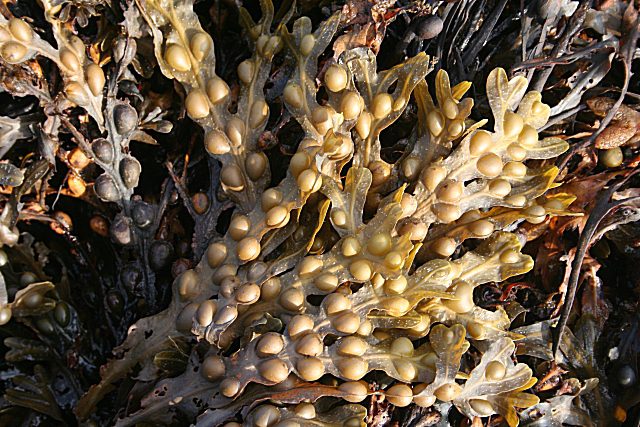
A study from South Korea has revealed the evolutionary journey of brown algae through genomic analysis, with potential opportunities for aquaculture and developing sustainable biomaterials.
The research highlights key milestones, including the transition to multicellularity and species diversification, and uncovers viral integrations in brown algae genomes that influenced their evolution. It also explores practical applications in aquaculture, biotechnology, and climate change mitigation, emphasizing brown algae’s potential for carbon capture and ecosystem restoration, while offering valuable insights into enhancing ecological resilience amid climatic challenges.
Covering over 70% of Earth’s surface, the oceans are home to countless life forms that maintain ecological balance and support human well-being. Among these, brown algae (Phaeophyceae) play a crucial role in sustaining coastal habitats, supporting marine biodiversity, and combating climate change through carbon capture. While they have long captured interest of the scientific world, the genomic and evolutionary history of these organisms have remained largely unexplored.
The study – by researchers from Sungkyunkwan University – has unveiled the evolutionary journey of brown algae through a comprehensive genomic analysis of 44 species. It was published in November in Cell. One creation of the work behind the study is the Phaeoexplorer database, said to be a valuable tool for comparative genomics. The researchers explored key evolutionary milestones, including the transition from unicellular to multicellular forms and the integration of viral sequences into brown algae genomes—an area previously unexplored.
The study revealed two major evolutionary milestones in the history of brown algae. Lead author Professor Hwan Su Yoon explains, “Approximately 450 million years ago, brown algae transitioned from unicellular organisms to simple multicellular forms. This shift was driven by horizontal gene transfer from bacteria, enabling the synthesis of vital cell wall components like alginate and phlorotannin. These adaptations the algae aggregate, improved cell-to-cell communication, and defend against predators, marking a crucial step in their evolution.”
Around 200 million years ago, following the breakup of the supercontinent Pangaea, brown algae underwent significant species diversification. Prof. Yoon explains, “This diversification led to the development of complex life cycles, structural innovations, and specialized metabolic pathways, shaping the ecological roles of various species. The study also revealed widespread viral integration in brown algal genomes, with Phaeovirus sequences found in 67 out of 69 genomes analyzed.” These viral integrations likely played a key role in shaping the evolution and diversity of brown algae.
The study offers valuable insights into practical applications of brown algae. In aquaculture, it supports selective breeding programs of commercially important species like Undaria pinnatifida and Saccharina japonica, boosting productivity and disease resistance. In biotechnology, the biosynthesis of compounds like alginate opens doors to health supplements, bioactive substances, and sustainable biomaterials. The study also highlights brown algae’s potential in climate change mitigation, particularly in carbon capture and ecosystem restoration, highlighting their ecological and economic benefits.
This study also offers valuable insights on how climate change could impact marine ecosystems. Prof. Yoon states, “By analyzing how past environmental changes shaped the evolution of brown algae, we can better predict how future climate shifts might affect marine biodiversity. The genomic resources established from this research help identify traits that enhance ecological resilience, guiding efforts to develop brown algae resistant to climate stresses such as rising temperatures and sea-level changes.” Additionally, promoting kelp forests as “blue carbon” reservoirs offers a natural solution to sequester carbon, mitigating climate change effects while fostering ecological sustainability in marine environments.
By decoding the genetic makeup of brown algae, this study enhances our understanding of marine ecosystems and provides insights into how we can use their ecological and economic potential for a more sustainable future.
The oceans hold the keys to our planet’s resilience, and this study offers a roadmap for a sustainable future rooted in the nature’s wisdom.


